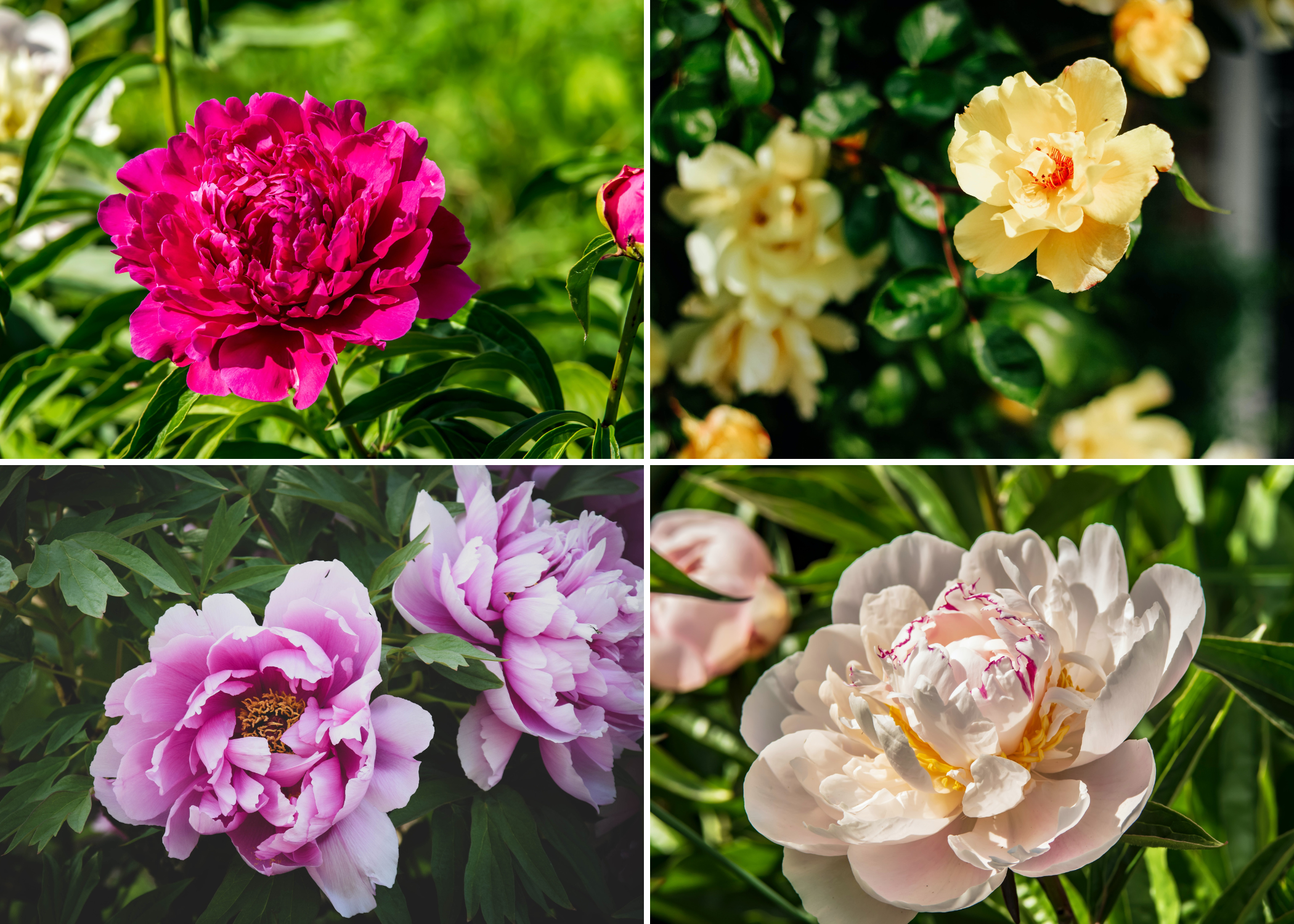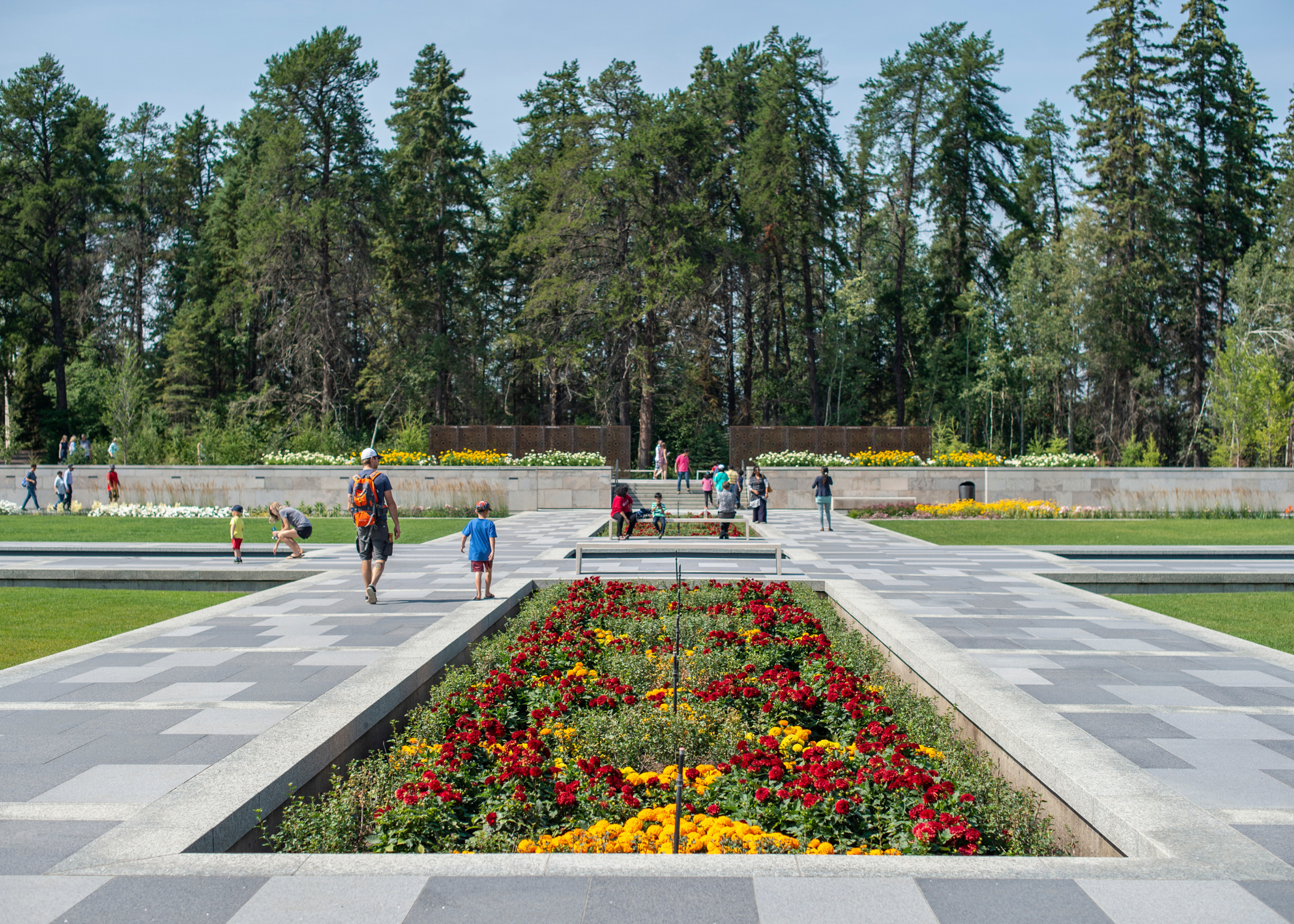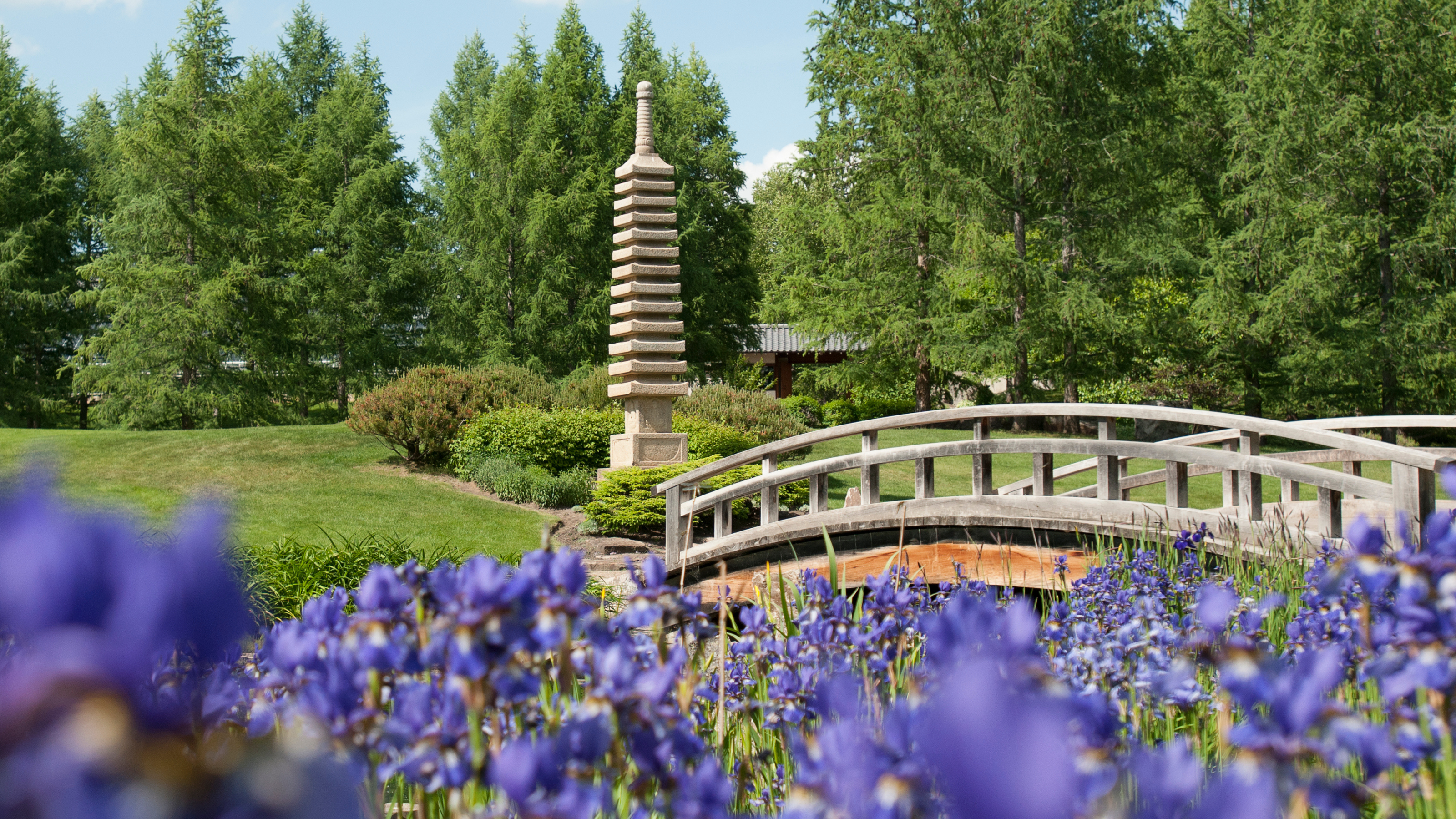When the University of Alberta Botanic Garden (UABG) opened in 1959 under the name Devonian Botanic Garden, the Dyde family’s gift was 240 acres of forest and meadows, opportunities and dreams. As the garden has grown (literally) and changed over more than six decades, it has compiled stories, facts and historic moments. Here are a few of our favourites.
Homegrown
The Garden has its own production nursery, allowing staff to quarantine new plants, trial different cultivars and grow annuals and perennials for use around the Garden.
Reaching out
The first issue of Kinnikinnick in April 1974, the Friends of the Garden’s newsletter, featured petunia trials, African violet tips, spring bulbs, seed tape, a book review and a short bio of “pioneer plantsman of the Prairies Adolph Heyer.” The newsletter noted the first flowers to bloom in the garden are “the daintiest of spring bulbs,” including crocus, scilla (squill) and Narcissus bulbocodium.
Prairie favourite

Most of the University of Alberta Botanic Garden's peony collection of herbaceous and peony species was donated by Cyril M. Clarke in 1965. Clarke was a dedicated collector of peonies and it's estimated he tested about 2,000 cultivars over his 30 years of collecting. The collection at the UABG includes now-rare cultivars, although not all the specimens are labelled as plants and labels were moved around and Clarke passed away before all the peonies could be identified in their new homes. The UABG's beloved peony collection sits at the north end of the garden and puts on a beautiful, scented display every June, depending on the spring weather.
We encourage you to check out the U of A Museums’ online exhibit, Peonies in Bloom to learn more about the history of this popular prairie perennial among amateur and more seasoned gardeners alike.
Paper trail
The garden has an extensive library of horticulture reference books. Notable titles include Botanical Dermatology: Plants Injurious to the Skin, Early Scottish Gardeners and their Plants, and The Molds and Man. Meanwhile, safely tucked away in metal cabinets, the Garden’s herbarium (dried plant collection) spans decades and is a beautiful history of the plants grown in the gardens. You can see framed examples from the herbarium in the Welcome Centre.
The northernmost Islamic-inspired garden in the world

His Highness The Aga Khan visited the university in 2008 during its 100th anniversary. He was marking his golden jubilee as the Imam of the Shia Imami Ismaili Muslims. While here, His Highness presented a gift to the university: a garden inspired by traditional Islamic gardens and a place to learn about Muslim culture and history. The Aga Khan Garden, Alberta, opened in 2018 and is indeed the northernmost Islamic-inspired garden in the world.
A reminder of friendship
The Kurimoto Japanese Garden’s main gate was constructed in 1987 by two Japanese carpenters and includes yellow cedar from British Columbia and ceramic roof tiles from Tokyo. While exploring this tranquil garden, you might hear or ring the garden’s large bell that’s set to the tone of “friendship.”
Who is Patrick Seymour?
The Patrick Seymour Alpine Garden is named after a man born in Cornwall, England in 1928. Seymour grew up in Ireland and worked for renowned rose growers before training at the Royal Botanic Garden in Edinburgh. He started at the U of A in the mid-1950’s and was the Garden’s director for 15 years starting in 1976. The alpine garden was opened in 1979 and named after Seymour in 1995.
Hidden worlds
The Garden’s tropical, arid and temperate showhouses are home to a variety of scented, spiky and surreal plants. The tropical house is always a favourite with kids. The temperature is kept between 23℃ and 30℃ year-round and the humidity near 80 per cent. Hidden in this steamy paradise are 13 fairy and gnome houses and a resident frog.
Carnivores on site
In the Zoltai Garden and the temperate showhouse, you’ll find carnivorous pitcher plants that are perennials in our climate. Sarracenia are insect-eating plants often found in boreal forests. A combination of downward-facing hairs and rainwater ensure insects can’t escape once they’re caught in the pitchers. Some may recognize Sarracenia as the floral emblem of Newfoundland.
Year after year, across acres of land, the garden boasts magnificent plant, animal and insect species. There are fragrant scents, hidden spaces and quiet paths that offer an escape parallel to time at the spa or perhaps reminiscent of a cherished childhood memory. We welcome you to explore what’s unique to you and encourage you to wander and let curiosity guide you in discovering your own secrets of the garden.
The U of A Botanic Garden is open daily from 10 a.m. to 6 p.m. until September 30. Operating hours from October 1-10 are 10 a.m. to 5 p.m.

About Sarah
Sarah Pratt is the public relations/publications assistant with VP Facilities & Operations at the University of Alberta Botanic Garden.
